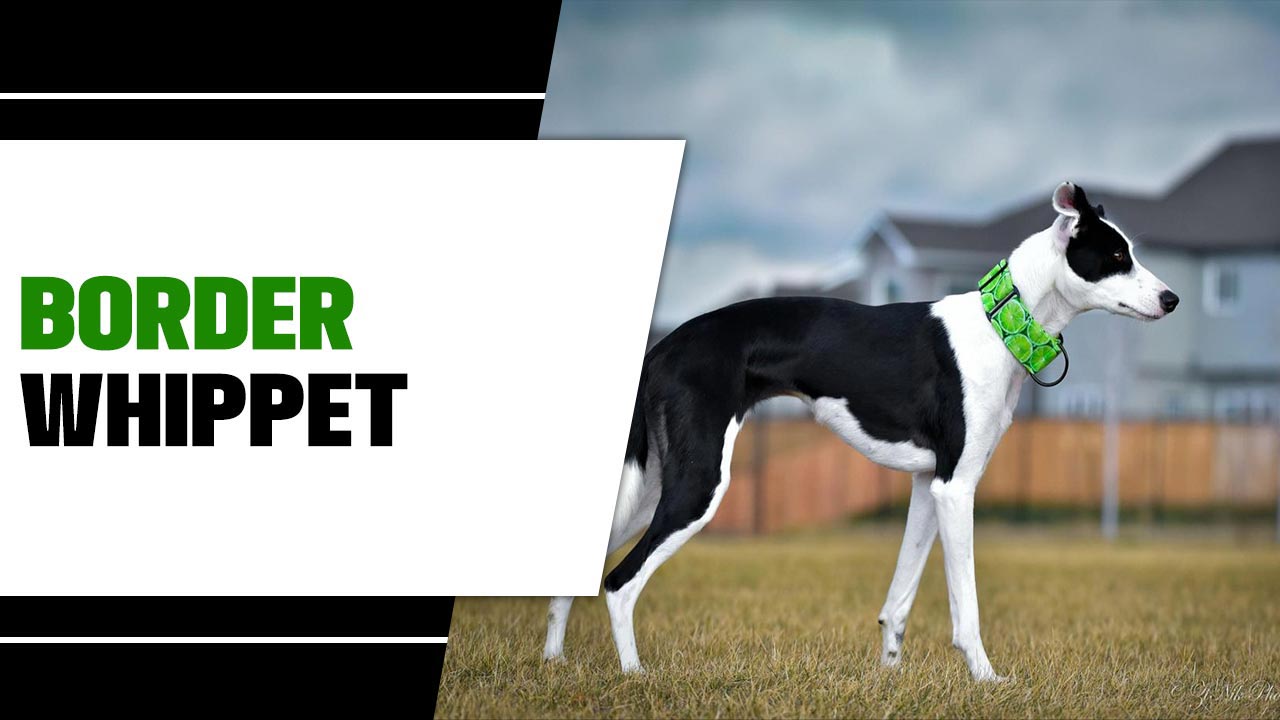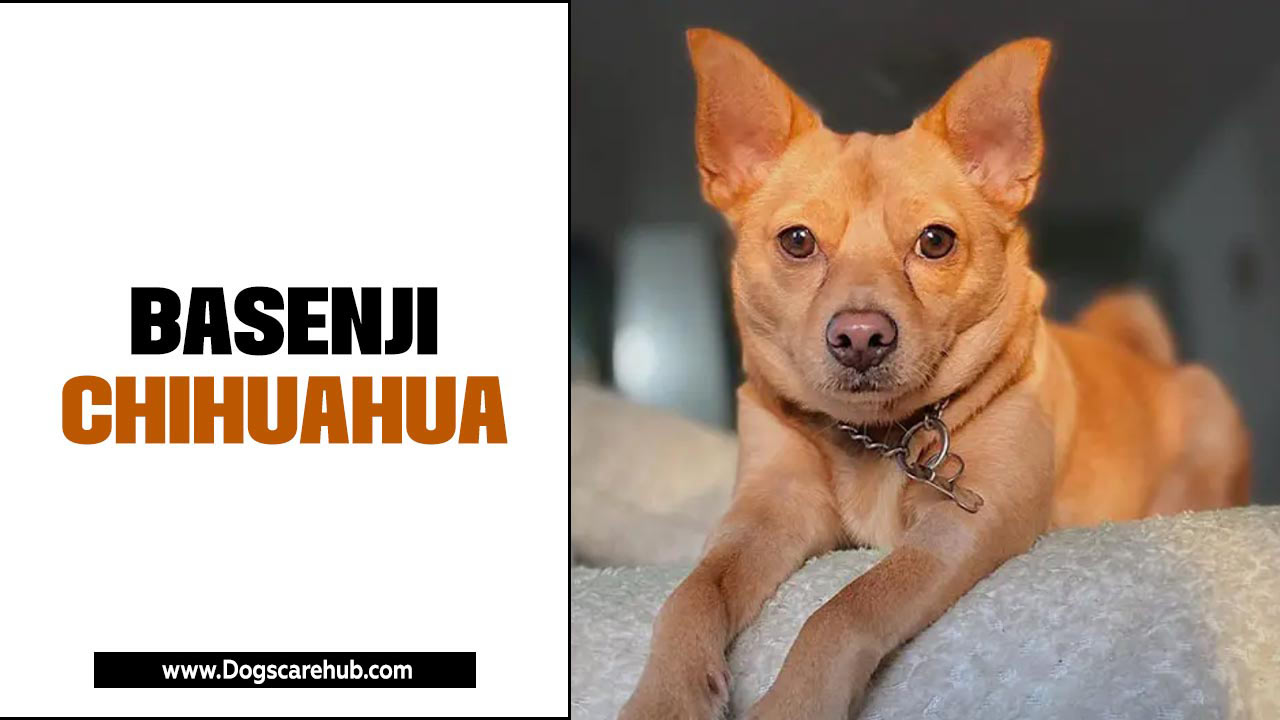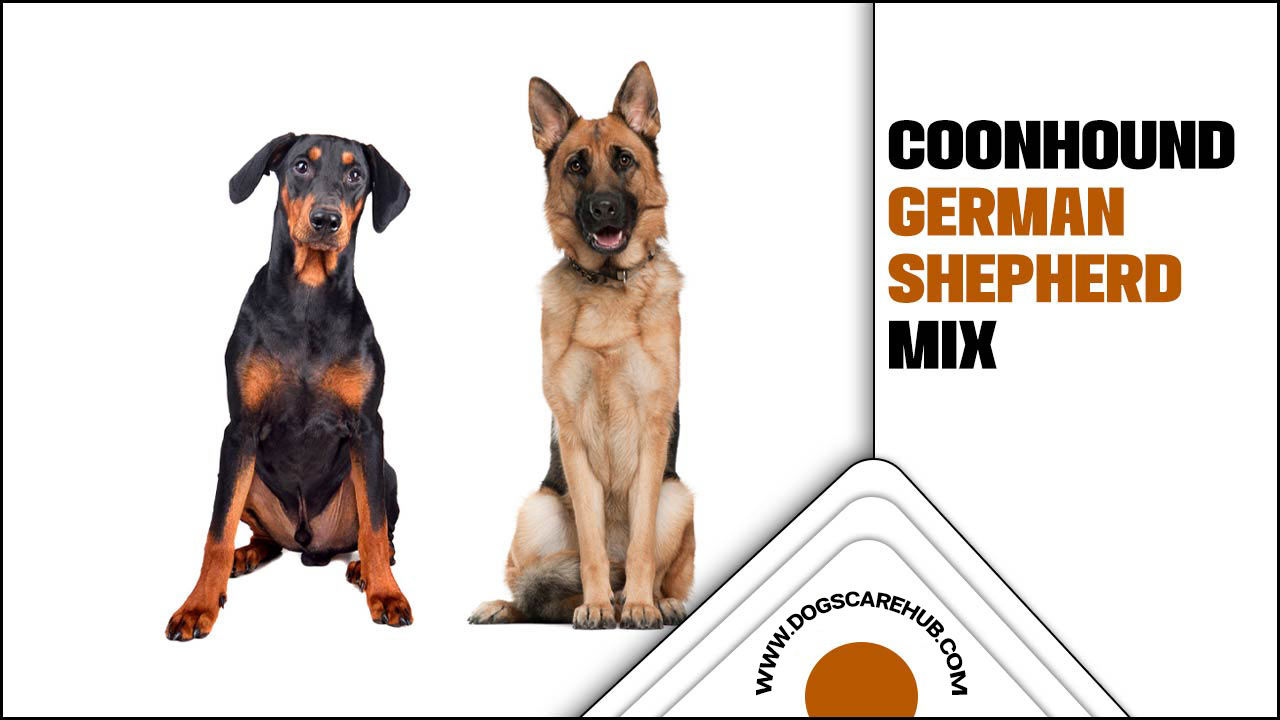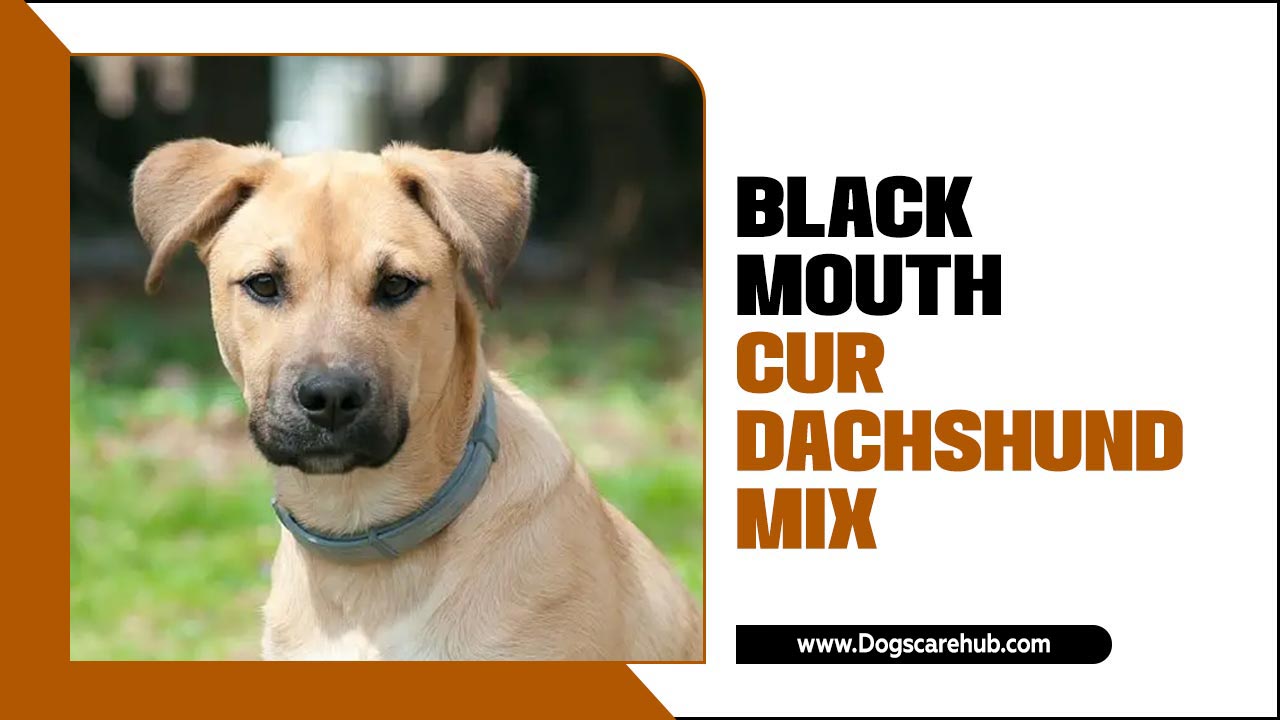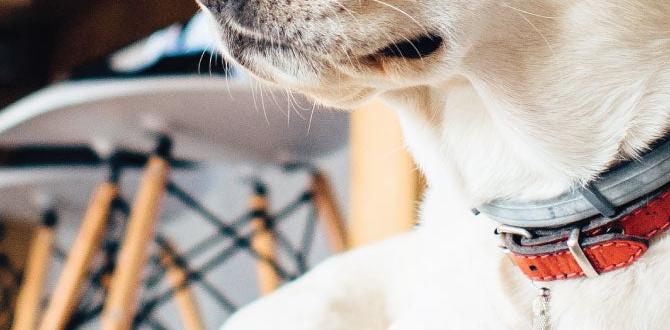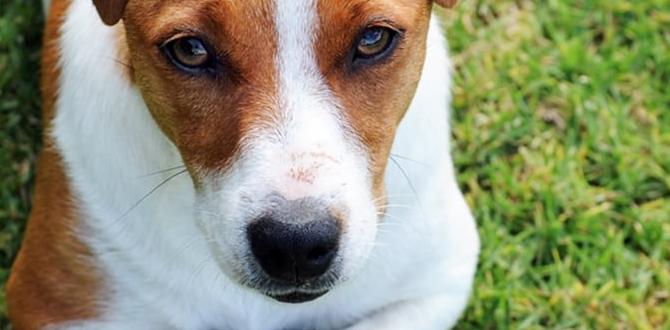As dog owners, we all hope for our furry friends to live together harmoniously. However, unfortunately, sometimes things don’t go as planned.
Dog-on-dog violence is a serious issue that can lead to severe injuries or even death to our beloved pets. As a dog owner, it is essential to understand the signs and reasons behind dog-on-dog aggression and take preventative measures to avoid such incidents.
Here, we will be analyzing the topic of my big dog killied my little dog and understanding the reasons behind such behaviour. We will also discuss the different types of aggression and the warning signs to watch out for. Furthermore, we will go over some techniques that can be handy in preventing dog-on-dog violence and how to handle the situation if it does occur.
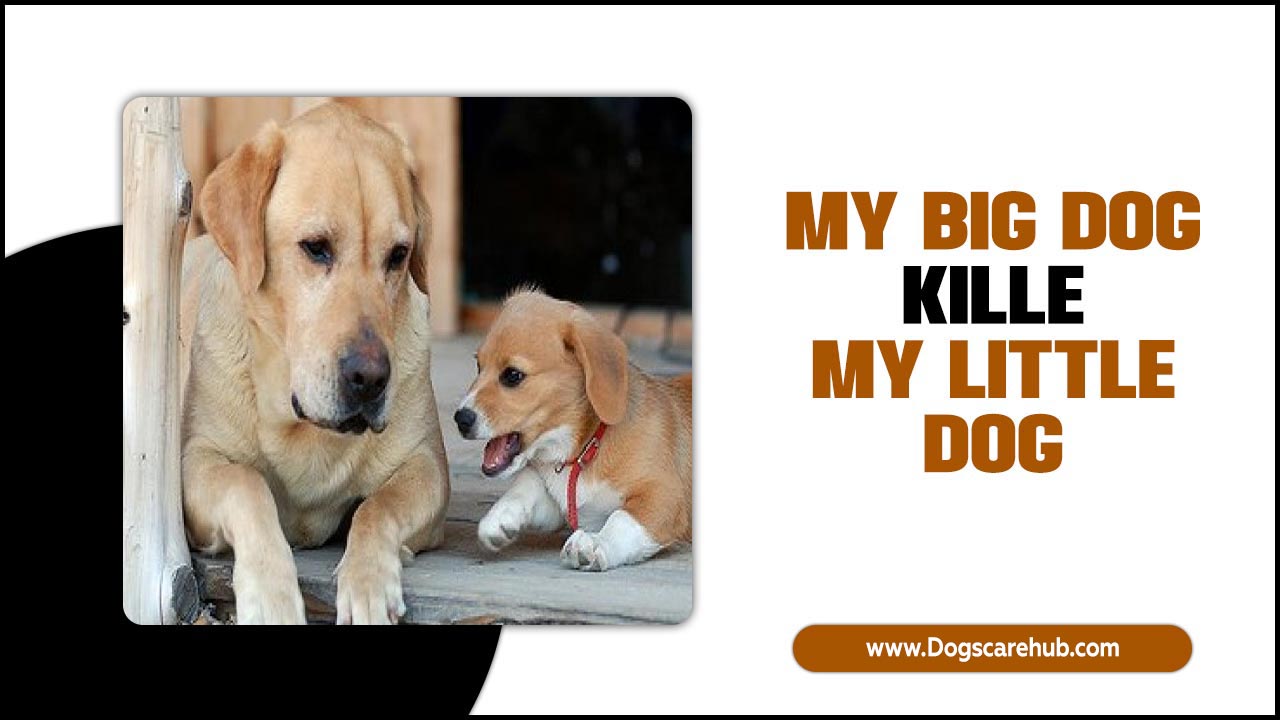
Possible Reasons For Why My Big Dog Killed My Little Dog
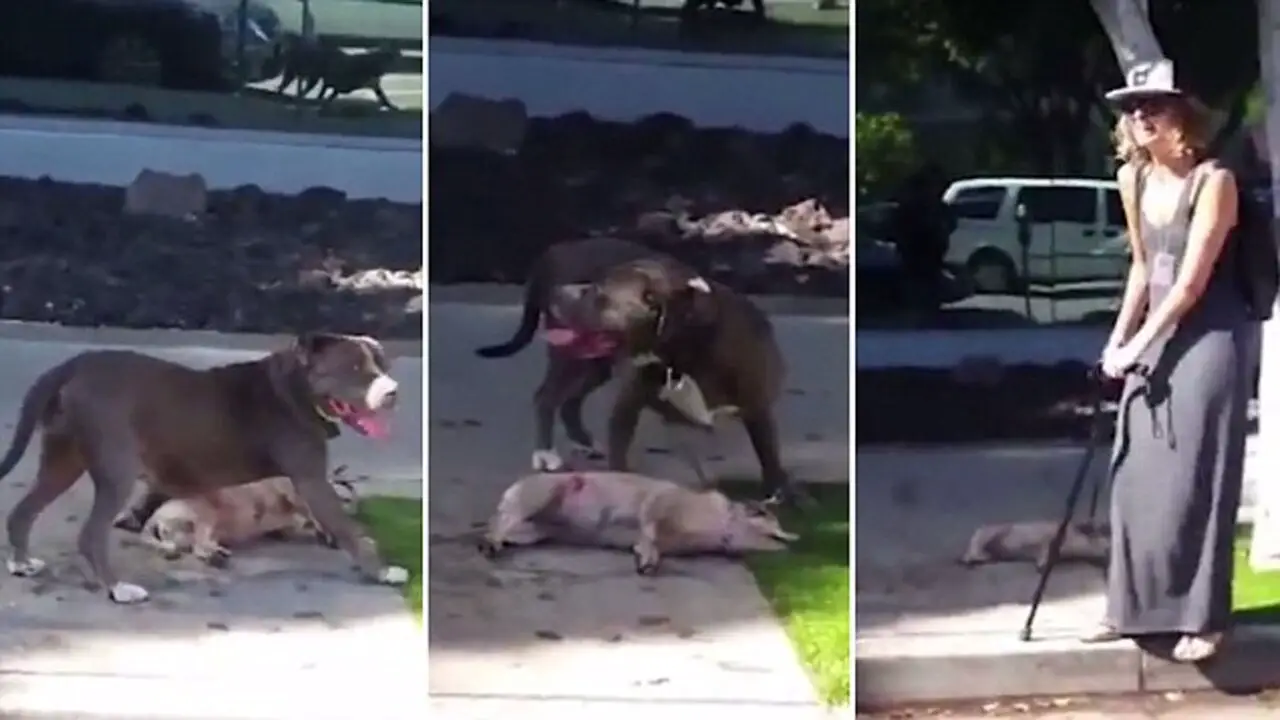
While it is heartbreaking to experience the loss of a beloved pet. There could be several reasons why a big dog may have attacked and killed a smaller dog. It is important to note that without further information or a professional evaluation, it can be difficult to pinpoint an exact reason for this behavior. However, here are some possible factors that could contribute to such an incident of my big dog killed my little dog:
- Prey Drive: Dogs, especially those with strong hunting instincts, may view smaller animals as prey. This can be more prevalent in certain breeds or individual dogs with a higher prey drive.
- Resource Guarding: In some cases, aggression can arise when one dog needs to protect resources such as food, toys, or territory from other dogs.
- Lack Of Socialization: Dogs that have not been properly socialized may not understand how to interact appropriately with other dogs. This lack of social skills can lead to aggressive behaviors.
- Fear Or Anxiety: Dogs experiencing fear or anxiety may react aggressively when they feel threatened or overwhelmed. This response can result in an attack on another dog.
- Medical Issues: It is essential to rule out any underlying medical conditions that may have contributed to the aggressive behavior. Pain or discomfort can cause changes in a dog’s temperament.
It is crucial to consult with a professional dog trainer or behaviourist who can assess the situation and provide guidance tailored to your specific circumstances. They can offer insights into why this unfortunate incident occurred and suggest how to prevent similar incidents.
Understanding The Nature Of Dog Aggression
Understanding the nature of dog aggression can help cope with the tragic incident of a big dog killing a little dog. Aggression is a natural behaviour in dogs, and it can be triggered by various factors such as fear, territoriality, or resource guarding. It is important to remember that dogs are animals and their actions are driven by instinct rather than malicious intent.
In such cases, seeking professional help from a veterinarian or animal behaviourist is crucial. Who can guide how to prevent future incidents and manage the emotional impact on the surviving dog and the owner? Taking steps such as providing separate spaces for each dog. Implementing strict supervision and seeking behavioral training can help ensure the safety and well-being of all pets involved.
Lack Of Proper Socialization And Training
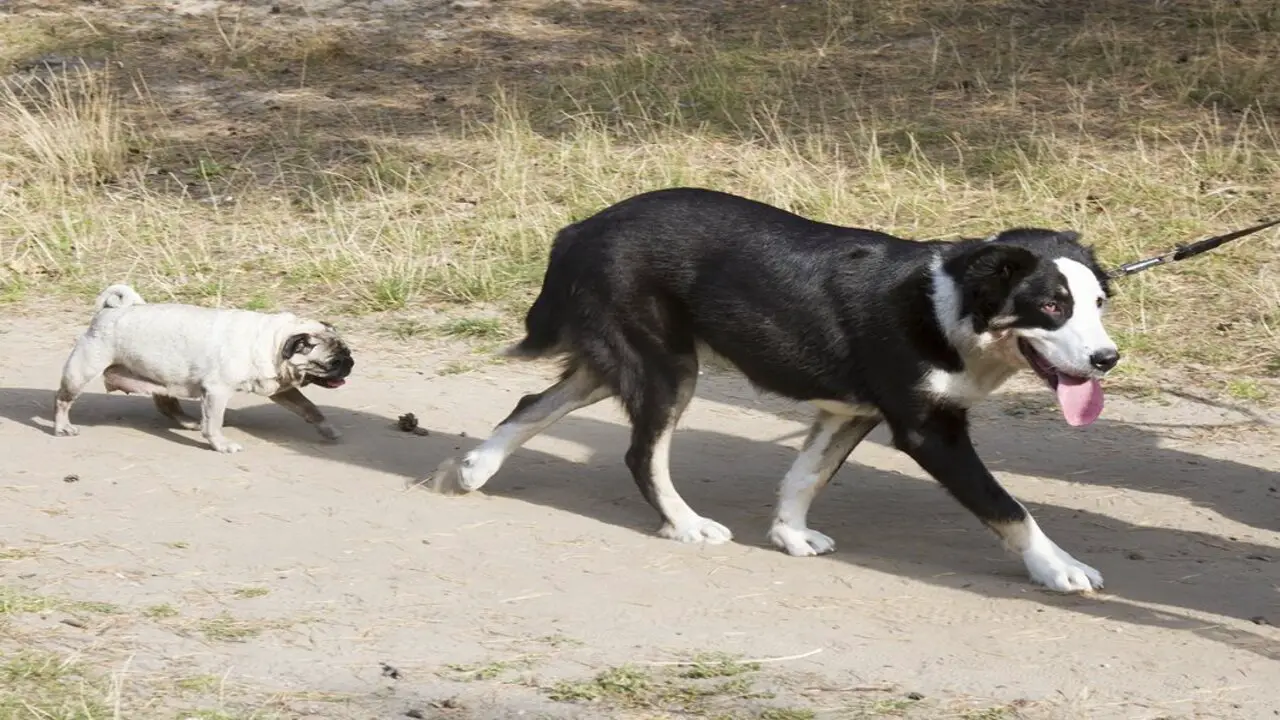
The unfortunate incident of a big dog killing a little dog is often the result of a lack of proper socialization and training. Like any other animal, dogs have natural instincts and behaviours that must be managed and guided through training. It is important for dog owners to expose their pets to different situations. Including interactions with other dogs from a young age.
This helps them develop appropriate social skills and understand how to behave around smaller or more vulnerable animals. Additionally, training should focus on commands such as “leave it” or “drop it” to ensure that dogs can be controlled in potentially dangerous situations. Proper socialization and training are crucial for preventing tragic incidents like this from occurring.
Resource Guarding Behaviour
Resource guarding behaviour can be a serious issue in dogs, leading to tragic incidents, such as one dog killing another. However, Resource guarding occurs when a dog perceives a particular item or space as valuable and becomes possessive or defensive. In the case of your big dog killing your little dog, it is possible that resource guarding played a role.
It is important to understand that this behaviour does not necessarily indicate aggression towards other dogs but rather an extreme reaction to protect something they perceive as theirs. If you are concerned about resource-guarding behaviour in your dogs. It is recommended to seek help from a professional dog trainer or behaviourist. Who can guide how to manage and modify this behaviour for the safety of all involved?
Prey Drive And Instinctual Behaviours

It is a tragic and heartbreaking situation when a big dog kills a little dog. This behaviour can attribute to prey drive and instinctual behaviours deeply ingrained in dogs. Prey drive refers to a dog’s natural inclination to chase, capture, and kill smaller animals. It is important to understand that this behaviour does not mean the big dog is aggressive or malicious. Instead, it results from their instincts taking over in certain situations.
Pet owners must take proactive measures, such as proper supervision, to prevent such incidents. Training and ensuring that both dogs properly socialized. Seeking guidance from a professional dog trainer or behaviourist can also be beneficial in managing and preventing. Such tragic events from occurring in the future.
Territorial Aggression
Territorial aggression can be a distressing and tragic behavior in dogs. Sometimes, a larger dog may exhibit aggressive behaviour towards a smaller dog, resulting in injury or death. This type of aggression is often rooted in the instinctual need to establish dominance and protect resources. It is important to remember that dogs are animals with their instincts and behaviours.
And it is the responsibility of the owner to manage and address these behaviours appropriately. If you find yourself in a situation where your big dog has killed your little dog. It is crucial to seek professional help from a qualified animal behaviorist or trainer who can assess the situation. And guide on preventing future incidents and ensuring the safety of all pets involved.
Introducing New Dogs And Managing Their Interactions
Introducing new dogs into a household can be both an exciting and challenging experience. It is important to carefully manage their interactions to ensure the safety and well-being of all involved. Unfortunately, in some cases, conflicts between dogs can escalate to a tragic outcome, such as one dog injuring or even killing another.
If you find yourself in this heartbreaking situation where your big dog has killed your little dog, it is crucial to seek professional help from a veterinarian or animal behaviorist. They can guide how to prevent future incidents and help you navigate through the difficult emotions that come with such a devastating loss.
Additionally, it may be necessary to reevaluate the dynamics within your household and consider implementing strict management strategies to prevent any further harm. Remember that seeking professional support is essential during this challenging time.
Signs Of Potential Aggression To Watch For
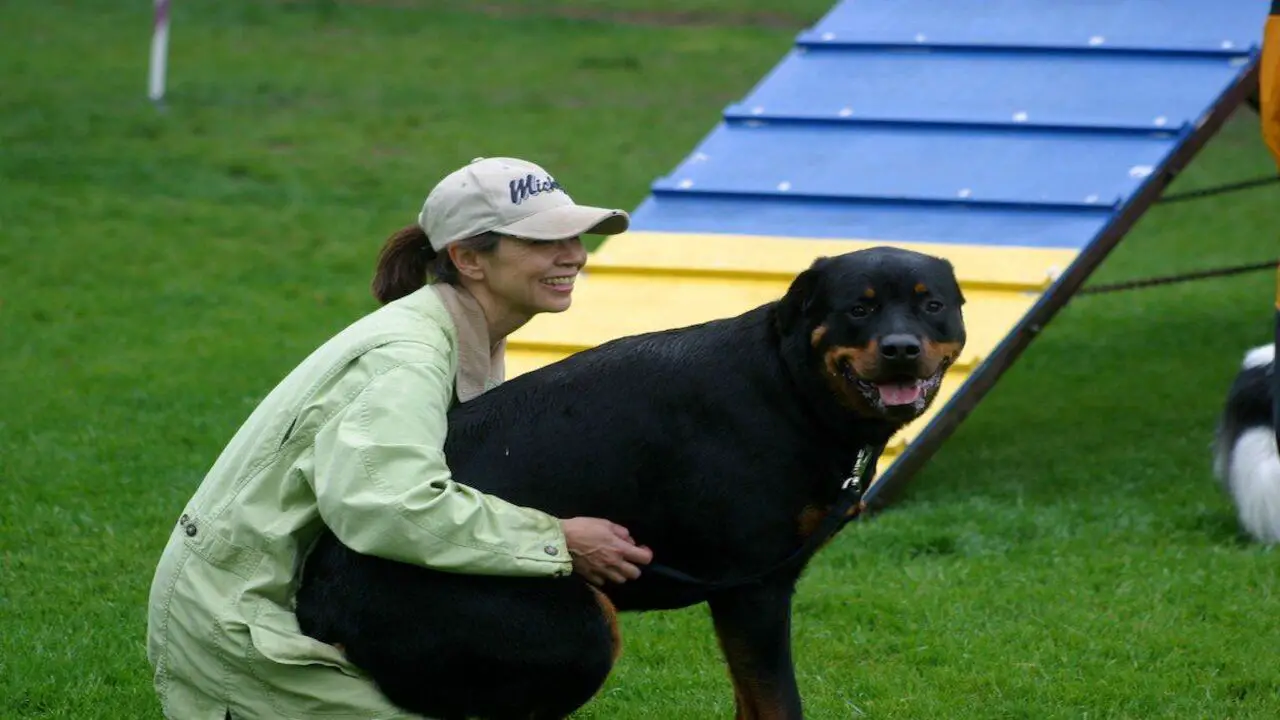
The loss of a pet can be a devastating experience, and the circumstances surrounding the death can make it even more difficult to process. It is a heartbreaking situation when one pet harms another, and it is important to recognize the signs of potential aggression to prevent such incidents from occurring. Here are some signs to watch for in your big dog that may indicate potential aggression:
- Growling Or Snarling: If your big dog displays aggressive vocalizations such as growling or snarling, it may be a sign of underlying aggression.
- Stiff Body Language: Pay attention to your dog’s body language. A stiff, tense posture can be an indicator of aggression.
- Raised Hackles: When a dog’s hair stands up along its back, known as raised hackles, it can signal aggression.
- Lunging Or Snapping: If your big dog lunges at other animals or snaps at them, it is important to address this behavior immediately.
- Possessiveness Over Resources: Aggression can also manifest when a dog becomes possessive over food, toys, or other resources.
If you notice any of these signs in your big dog, consult with a professional trainer or behaviorist who can help you address and manage the aggression to ensure the safety and well-being of all pets involved.
Steps To Prevent Dog-On-Dog Aggression In Multi-Dog Households
Dog-on-dog aggression can be a heartbreaking and traumatic experience for any pet owner. Taking steps to prevent this type of aggression is crucial in creating a safe and harmonious environment for your furry friends. Here are some steps you can take to prevent dog-on-dog aggression in a multi-dog household:
- Proper Socialization: Socializing your dogs from an early age is important. This includes exposing them to different environments, people, and other dogs. Socialization helps dogs learn appropriate behaviours and reduces the likelihood of aggressive behavior towards other dogs.
- Training And Obedience: Consistent training and enforcing basic commands such as sit, stay, and leave can help establish your role as the pack leader and prevent conflicts between dogs. Teaching your dogs to respond to commands can redirect their attention away from potential triggers.
- Separate Resources: Dogs can become territorial over food, toys, or sleeping areas. To prevent conflicts, ensure each dog has a separate eating, resting, and playing space. This eliminates competition and reduces the chances of resource guarding.
- Supervision: Always supervise interactions between your dogs, especially during the initial introduction phase or when there are signs of tension or dominance-related behaviours. This allows you to intervene if necessary and prevents situations from escalating into aggression.
- Seek Professional Help: If you have concerns about dog-on-dog aggression or if the issue persists despite your efforts, consider consulting a professional dog trainer or behaviourist who specializes in aggression issues. They can assess the situation, provide guidance on training techniques, and develop a behavior modification plan tailored to your specific needs.
Remember that every dog is unique, and what works for one may not work for another. Patience, consistency
Seeking Professional Help And Guidance In Dealing With Aggression Issues
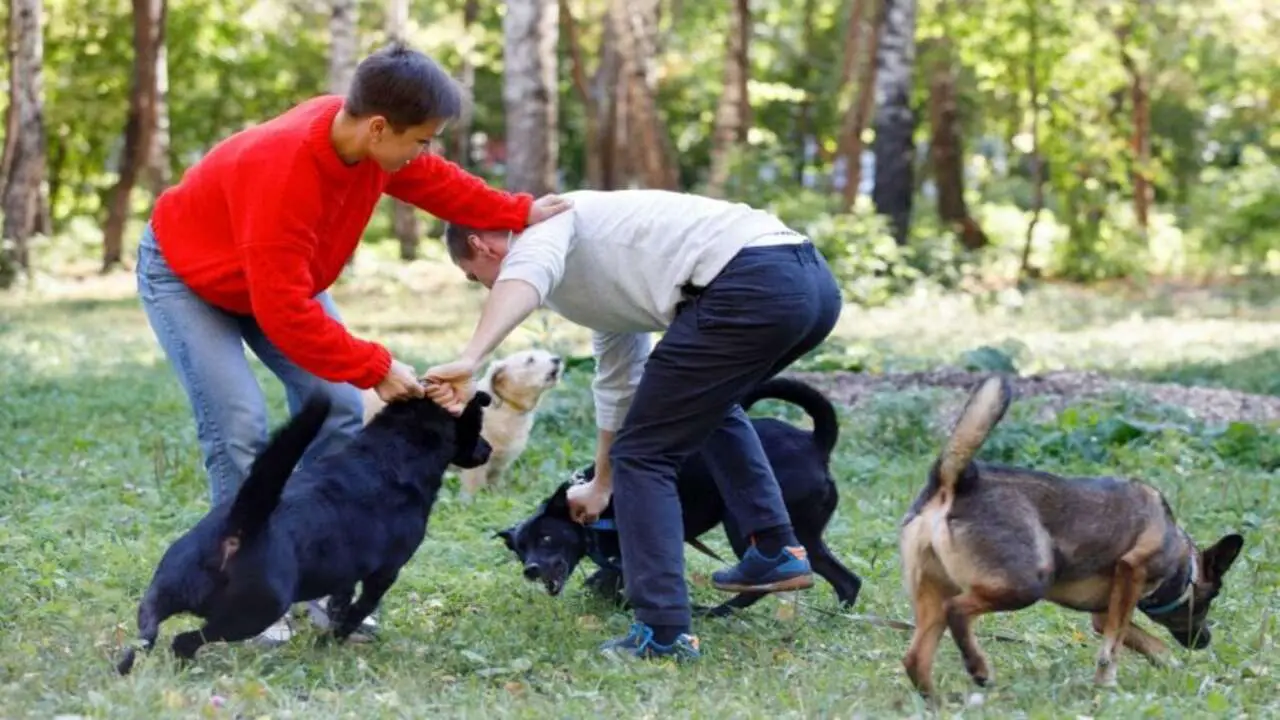
Dealing with the loss of a beloved pet can be incredibly difficult, especially when it involves a tragic incident like one dog killing another. It is important to seek professional help and guidance during this challenging time. A veterinarian or animal behaviourist can provide support and advice on coping with the loss and navigating any potential behavioural issues with your remaining dog.
They may recommend seeking therapy or counselling to process your emotions and grief. Additionally, they can offer guidance on creating a safe and harmonious environment for your remaining pet moving forward. Remember, reaching out for help is not a sign of weakness but rather a proactive step towards healing and providing the best care for your pets.
Coping With The Loss Of A Pet And Seeking Support
Losing a pet can be an incredibly difficult and heartbreaking experience, especially when it happens in such a tragic way. It is important to remember that accidents can happen, even between animals in the same family. Coping with the loss of a pet is a personal journey, and everyone grieves in their way.
It may be helpful to seek support from friends, family, or a professional counsellor who can guide and understand during this challenging time. Remember to take care of yourself and allow yourself to process your emotions at your own pace. Cherish the memories you shared with your big dog and little dog, and know that they will always hold a special place in your heart.
Conclusion
The loss of a pet is a devastating experience for any pet owner, and the circumstances surrounding their passing can be even more traumatic. dog-on-dog violence can be a devastating experience for pet owners. It is important to understand the possible reasons behind such aggressive behaviours, including lack of socialization, resource guarding, prey drive, and territorial aggression.
You can prevent and address dog-on-dog aggression in multi-dog households by taking proactive steps such as proper training, managing interactions, and seeking professional help. Additionally, it is crucial to cope with the loss of a pet in a healthy and supportive manner.
Remember to seek support from friends, family, or support groups to help you through this difficult time. We have provided bulk information on Why my big dog killed my little dog and hope our information was helpful from your perspective.
Frequently Asked Questions
1.Why Did My Big Dog Kill My Little Dog?
Ans: Understanding the motivations behind dog-on-dog violence can be complex, with various factors at play. Possible reasons include resource guarding, prey drive, territorial aggression, or fear. Identifying the root cause is crucial in preventing future incidents. Seeking professional guidance can provide valuable insights and strategies to address this issue.
2.What Should I Do If A Big Dog Attacks My Small Dog?
Ans: If you find yourself in a situation where a big dog attacks your small dog, it’s important to stay calm and avoid panicking. Try diverting the attacking dog’s attention with loud noises, a spray bottle, or treats. If possible, pick up your small dog and move away. Seek immediate veterinary care for your small dog, even if there are no apparent injuries.
3.How Can I Prevent Similar Incidents From Happening In The Future?
Ans: To prevent similar incidents in the future, train your big dog to be obedient and responsive. Always supervise interactions with small dogs, especially during mealtime or playtime. Separate them when you can’t supervise. Seek professional help if your dogs show signs of aggression.
4.Should The Big Dog Be Put Down After Killing The Little Dog?
Ans: Considerations for whether a big dog should be put down after killing a little dog include the severity of the attack, the big dog’s history of aggression, and the overall safety of all animals involved. Other options like training and behaviour modification should be explored before deciding.
5.How Can I Cope With The Loss Of My Little Dog?
Ans: Allow yourself to grieve and process your emotions after the loss of your little dog. Seek support from loved ones, a therapist, or a pet loss support group. Consider creating a memorial or tribute to honor your beloved pet. When you feel ready, consider adopting another pet to bring love and joy back into your life.
Meet Elyse Colburn, the devoted canine companion and storyteller behind the enchanting world of “Tales, Tails, and Adventures Unleashed.” A passionate dog enthusiast with a heart full of paw prints, Elyse Colburn shares heartwarming tales and insightful adventures, celebrating the joy, loyalty, and endless antics that make every dog a true hero. Join Elyse Colburn on this tail-wagging journey, where every post is a love letter to our four-legged friends.

